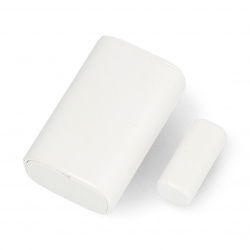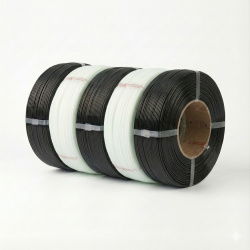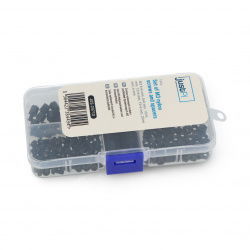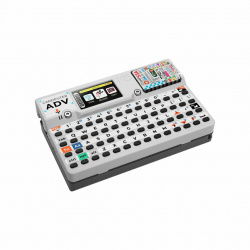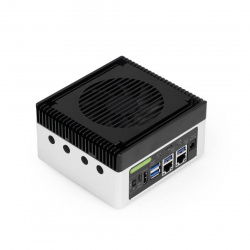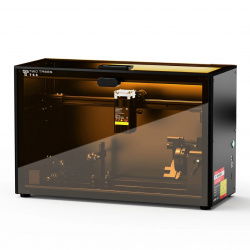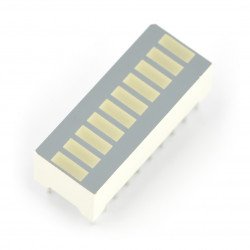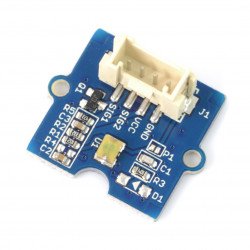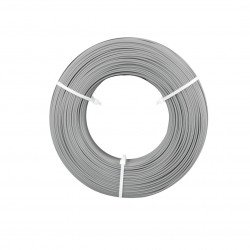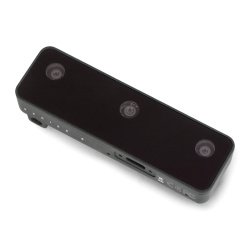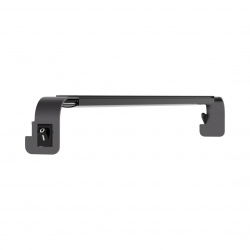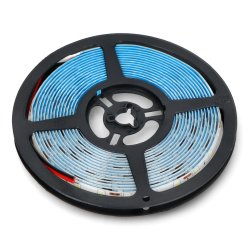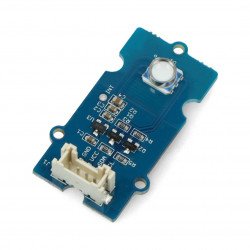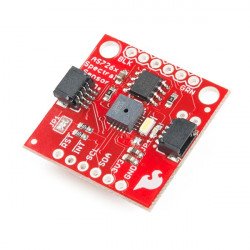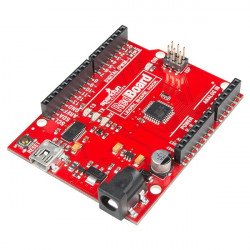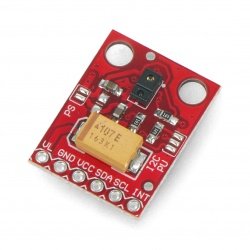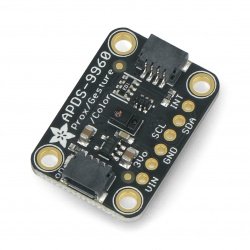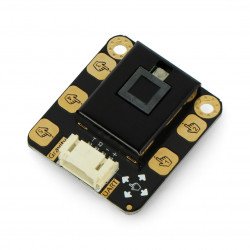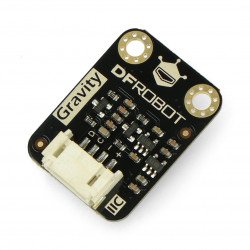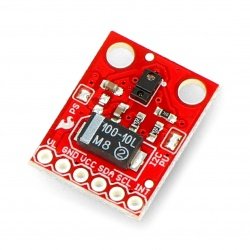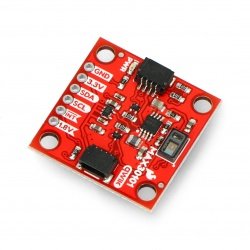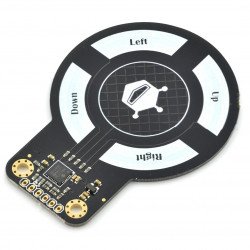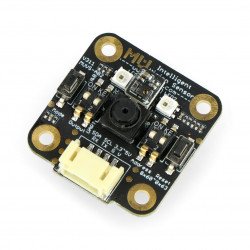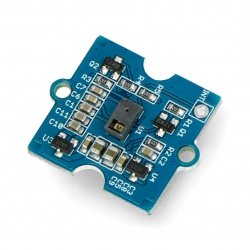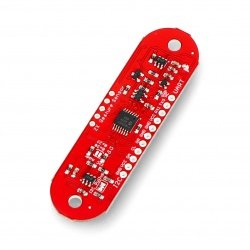A wide range of Versatile applications using non-contact gesture control
The first implementations of sensor devices for non-contact control were used to detect an object approaching the sensor and in response to sending a trigger signal to start the appropriate process. Automatic gates, soap dispensers, porch lighting on buildings, hand dryers, and car parking aids use non-contact sensors as an input source. For this purpose, distance sensors are used, which from the side of the electrical diagram resemble toggle switches, as well as gesture sensors that recognize the operator's gesticulation movements in three dimensions and thus allow you to control objects intuitively. Gesture control also allows the user to match the response of the controlled object to the range of motion as seen by the sensor. It is one of the key features in video game systems. We offer you motion sensors that can also work as vibration, tilt, shock or shock sensors. Thanks to their miniature designs (their dimensions start from several millimetres), they are perfect for vehicle security systems. Remember that the most effective alarm system is one you build yourself.
Gesture detection using IR sensors
Non-contact control systems in extensive video game consoles use lasers and special cameras that record the player's movements. Thanks to the ability to detect various simple movements, simple motion sensors have found application in electronics, electric musical instruments and also in the automotive industry. For example, to change a radio station in a non-contact way, you will need to swipe your hand to the left or right in the sensor's field of view. On the other hand, the volume control can be done by bringing the hand closer or away from the sensor. In, among others In such applications, the most technically and cost-effective solution is the use of infrared (IR) light sensors. In one of the simplest shots, IR sensors consist of two infrared light-emitting diodes (emitter) and an infrared receiver placed between them. The radiation from the infrared emitter usually has a highly directional characteristic. When you wave your hand in front of the emitter of the IR sensor, the infrared light reflected from its surface, detected by the IR receiver, will change in intensity, proportional to the movement made - for example, by moving your hand from the left to the right side of the sensor, the amplitude of the signal from the IR emitter will increase and analogously in the opposite direction of hand movement. Then, the IR sensor sends a signal to the microcontroller, which, using the loaded program, analyzes the input data in terms of the speed of the gesture as well as its type and direction, and then, depending on these factors, sends control signals to the appropriate output devices.































































































































































































































































































































